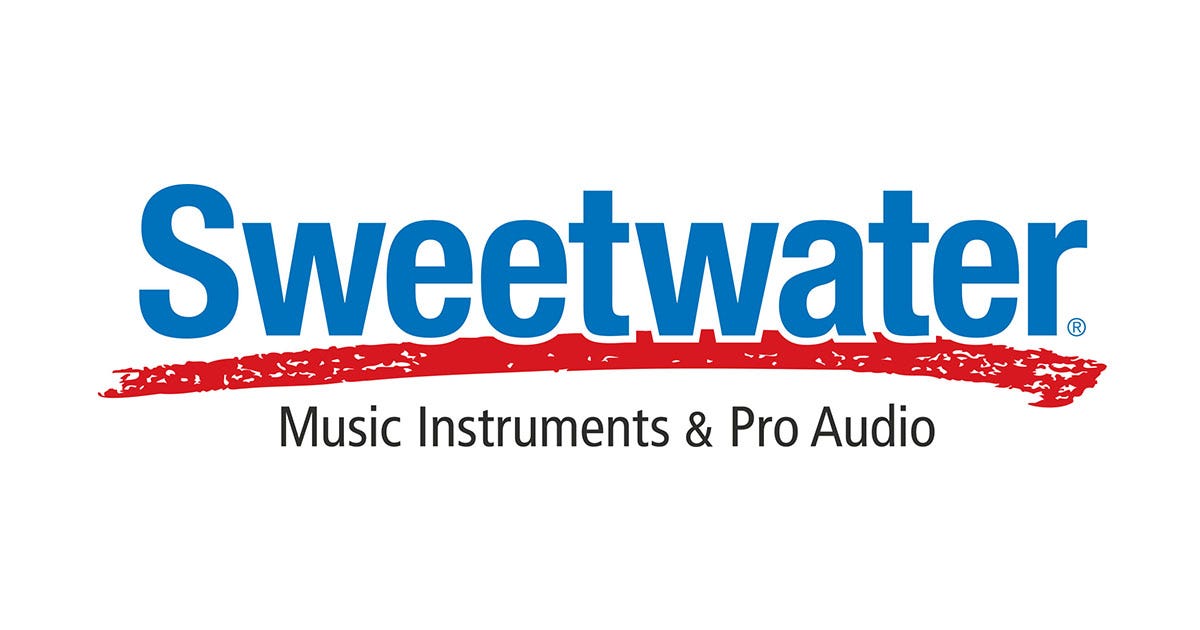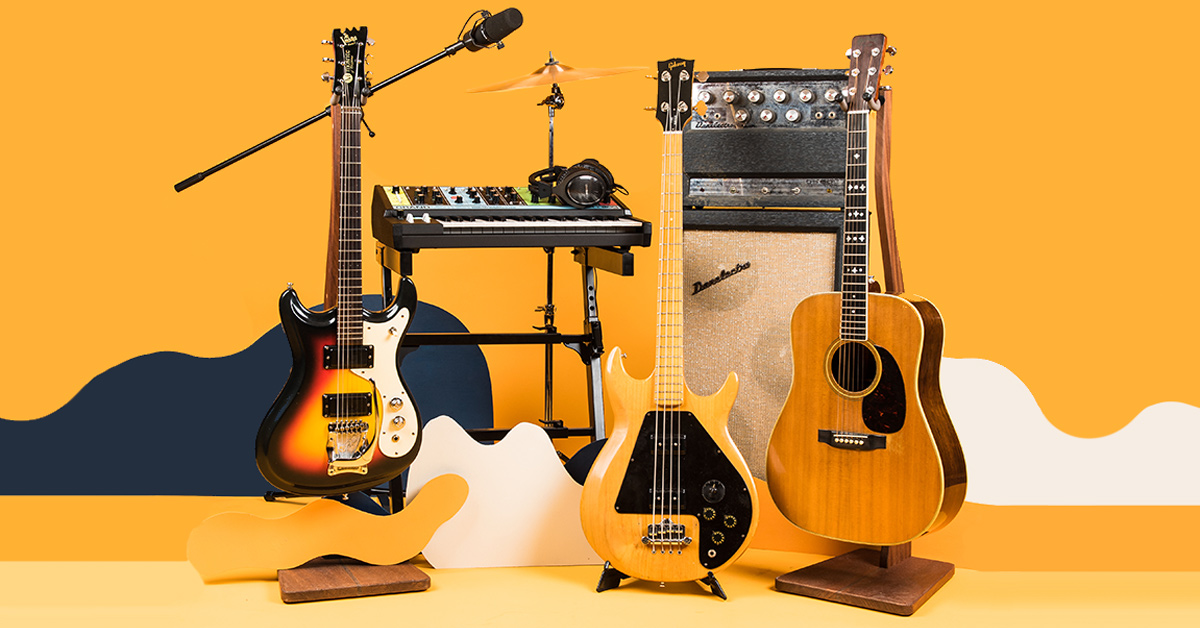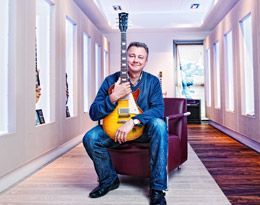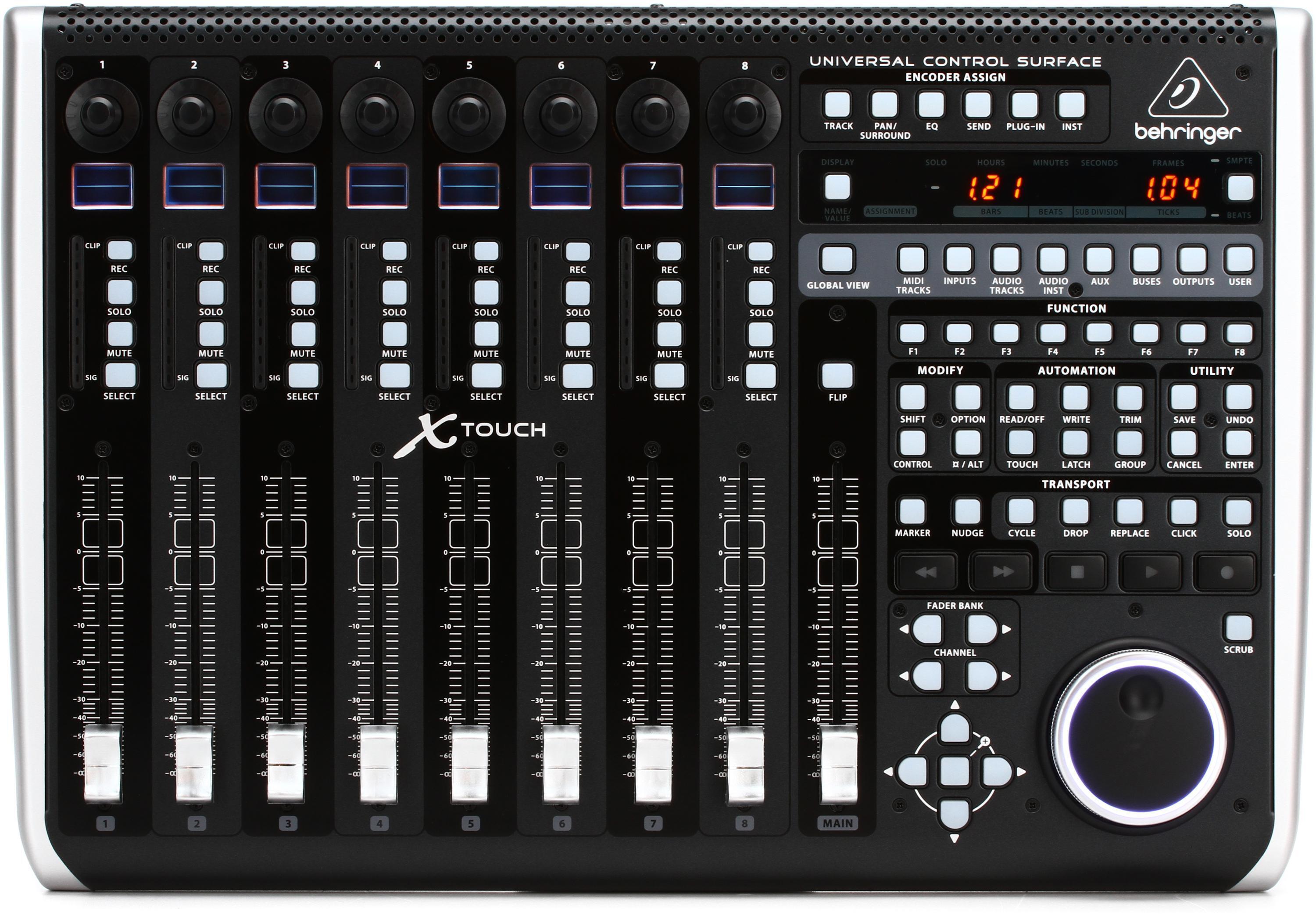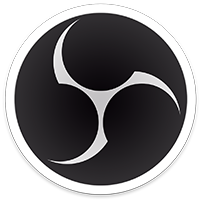Right, in that case Rodecaster Pro can help you with that.
I'm an audio guy. That looks to me like a VERY limited-function mixing console for $600, with 4 XLR (pro analog mic) inputs, 3 digital inputs with different connectors, a bunch of sound-effects buttons...and an expensive name. I'm also an electronics hobbyist, and I could probably replicate everything it does, albeit with different methods, AS A ONE-OFF for about half that. If you're going that route, I'd look instead at some of the small-ish offerings from the other well-known pro audio brands like Behringer, Allen & Heath, Yamaha, Soundcraft, etc. (yes, I came up with all of those just off the top of my head) Good sources are:
Guitar Center is the world's largest musical instruments retailer. Shop Guitars, Bass, Drums, Amps, DJ, Keyboards, Pro-Audio and more. Most orders ship free!

www.guitarcenter.com
Sweetwater is one of the largest pro audio dealers in the world, offering a huge selection of music instruments and audio gear. They've got free shipping, free tech support, easy payment plans, and the most knowledgable sales staff in the industry.

www.sweetwater.com
Join millions of music makers all over the world on Reverb. Find your next favorite new, used, or vintage instrument—or sell one of your own.

reverb.com
Get free shipping on instruments and musical equipment, easy zero-interest payment plans, and top-rated service at zZounds! Join 1 million+ happy customers.

www.zzounds.com
Browse our huge range of musical instruments, studio, lighting, and PA equipment at Europe's largest music retailer. We have the hottest brands, affordable alternatives and many free resources for musicians.

www.thomannmusic.com
Etc.
(yes, I also came up with those off the top of my head)
Guitar Center has physical stores, so you can go play with the displays before you buy (and dismiss the salespeople that don't know what they're talking about but they're good at convincing laypeople); the rest are online-only.
Size it for your actual input count and types, and make sure that the Main Out can end up in OBS somehow. That could be an analog line input to the computer that connects to the board's analog line out (make sure it really IS a LINE input and NOT a MIC in: the standard PC color code has pink for mic-in and blue for line-in, green for line-out, all on confusingly identical 1/8" TRS connectors), or it could be a USB sound card built into the board itself. Most of the small analog boards with USB already send the stereo main out to the PC, so you don't have to worry about any of that.
Do all of the audio stuff on the external mixer, and send the finished signal to OBS to pass through unchanged. What used to be a physical hotkey is now a physical button, knob, or fader on that board. Still physical, just in a different place now, and guaranteed to be dedicated to that one function. And you can drive your headphones from that board as well, separately from the main out that goes to OBS.
If you MUST do everything "inside the box" - that is, all in software on the same PC - then you might look at using a DAW (digital audio workstation) as your mixer. Same idea: do all of the audio stuff in there, and send the finished result through a loopback to OBS to pass through unchanged. I do that (several times with two copies of OBS) with a live meeting rig. Some example DAW's are:
https://ardour.org/ (my favorite, and comes preinstalled with the free
Ubuntu Studio operating system)
Studio One Pro 7 — The ultimate drag-and-drop digital audio workstation. Your all-in-one music production powerhouse DAW recording software with everything you need to record, produce, compose, mix, master, and distribute your music.

www.presonus.com
https://www.image-line.com/ (FL Studio)
Etc.
All of them will take both live and pre-recorded sources and combine them in any way you can imagine and lots more. I see them as infinitely customizable mixing consoles, that can do everything that a physical one can and light-years more, including as many processors and effects as your CPU will support...but the user interface is often replaced by the other apps that you're using at the same time. Pick one, and configure it for your needs, including separate outputs for the loopback to OBS and for your headphones.
